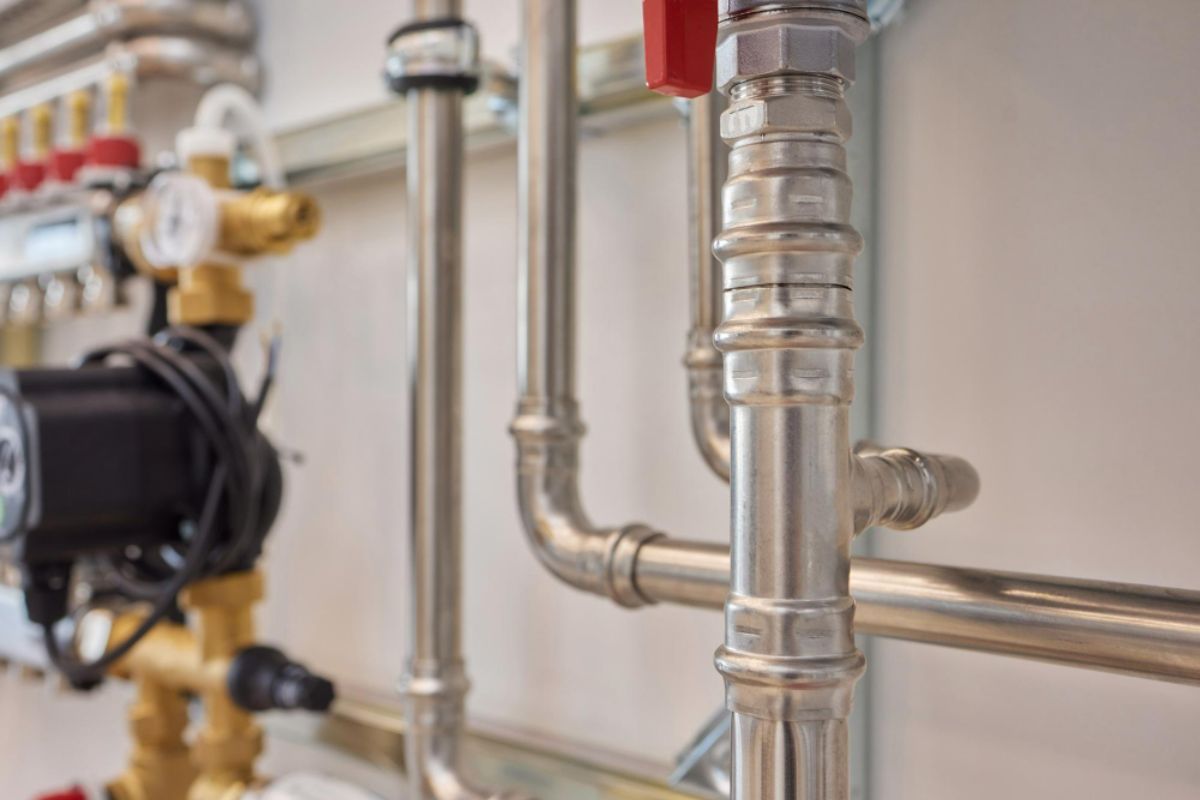The evolution of industrial engineering has brought about significant advancements, one of which is the development of the smart ball valve. These innovative solutions have transformed how industries manage fluid control, offering benefits in efficiency, accuracy, and automation. But what exactly makes these valves ‘smart’? And why are they crucial in today’s engineering landscape?

Understanding Smart Ball Valves
A smart ball valve integrates traditional valve mechanics with advanced technology, allowing for remote monitoring and control. These valves are equipped with sensors and actuators that provide real-time data, facilitating precise regulation of fluid flow in industrial systems.
Key Features of Smart Ball Valves
- Automation capabilities for improved operational efficiency.
- Integration with IoT systems for remote monitoring and control.
- Data accuracy that enhances decision-making processes.
How Smart Ball Valves Work
The heart of the smart ball valve is its ability to connect with digital networks. By harnessing the Internet of Things (IoT), these valves provide actionable insights into fluid dynamics, condition monitoring, and predictive maintenance. This connectivity enables engineers to optimize performance and prevent costly disruptions.
Components of a Smart Ball Valve System
- Actuators for automated control of valve position.
- Sensors that monitor various parameters, such as pressure and temperature.
- Communication modules for network interfacing.
Applications in Industry
Smart ball valves are invaluable across numerous sectors from oil and gas to water treatment. They ensure the optimal flow of fluids, reduced risk of leakage, and compliance with safety regulations. For more in-depth insights into their practical applications, explore this guide.
Oil and Gas Industry
In the oil and gas sector, smart ball valves contribute to efficient resource handling and accident prevention by monitoring pipeline integrity.
Water Treatment Facilities
The precision of smart ball valves aids in maintaining water quality and minimizing waste in treatment facilities.
Benefits of Using Smart Ball Valves
Adopting smart ball valves yields numerous advantages, from cost savings to enhanced safety. Their use simplifies complex fluid management systems, ensuring reliability and optimizing maintenance schedules for prolonged equipment lifespan.
Cost Efficiency
The automation and precise control provided by smart ball valves lead to reduced labor costs and savings on energy consumption.
Enhanced Safety
Real-time monitoring reduces the risk of industrial accidents, making smart ball valves a critical component for operational safety.
Technological Integrations
Smart ball valves are compatible with various industrial technologies, including Supervisory Control and Data Acquisition (SCADA) systems and Distributed Control Systems (DCS). This integration enables centralized control and simplifies management processes.
SCADA Systems
By integrating with SCADA systems, smart ball valves offer real-time data visualization and control from a central location.
DCS Compatibility
The distributed nature of DCS allows for efficient monitoring and control over extensive infrastructural setups.
Challenges and Considerations
While the advantages are substantial, there are challenges such as high initial costs and the need for skilled personnel to manage these systems. Industrial entities must assess these factors to ensure optimal deployment.
Cost Concerns
The initial investment in smart ball valve technology can be significant, but the long-term returns justify these expenditures.
Require Skilled Workforce
The implementation of smart ball valves requires personnel trained to manage and maintain these sophisticated systems.
The Future of Smart Ball Valves
The future of smart ball valve technology is promising, with advancements aimed at enhancing connectivity, precision, and energy efficiency. Ongoing research and development efforts are likely to expand their applicability across new domains.
Emerging Technologies
New technologies like AI and machine learning are poised to further advance smart valve systems, making them even more intuitive and adaptable.
Expanding Applications
The ever-growing demand for sustainable and efficient solutions will drive the smart valve market forward, encouraging future innovations.
Making the Transition
Industries looking to transition to smart ball valves should consider gradual integration, starting with critical areas and expanding as the system proves effective. Partnering with experienced vendors can streamline this process.
Stepwise Integration
Begin with high-impact areas for initial implementation to assess the performance of smart ball valves.
Partner Selection
Collaborating with experienced suppliers ensures a smooth transition and access to the best technologies.

FAQs
What are the benefits of a smart ball valve over traditional valves?
Smart ball valves offer automation, precise control, and real-time monitoring capabilities, providing improved efficiency compared to traditional valves.
How do smart ball valves integrate with existing systems?
They can integrate with SCADA and DCS systems, enabling real-time data collection and centralized control.
Are smart ball valves suitable for all industries?
Yes, they are versatile and can be applied across various industries, including oil and gas, water treatment, and more.
This article contains affiliate links. We may earn a commission at no extra cost to you.



